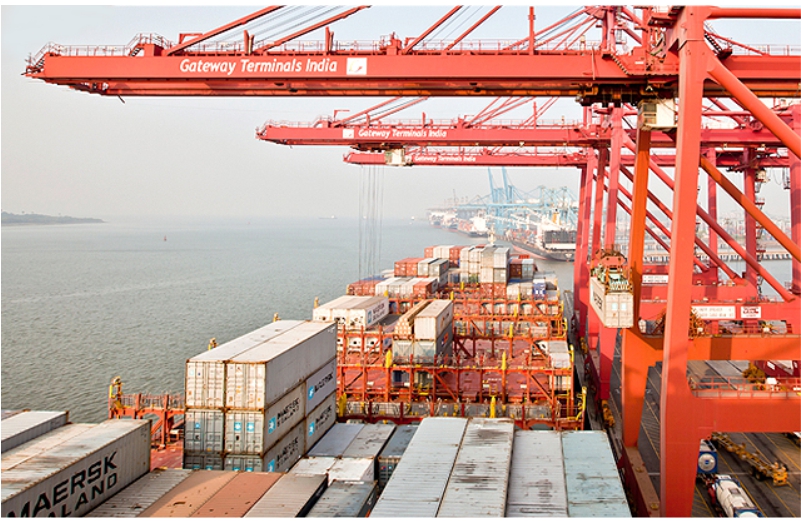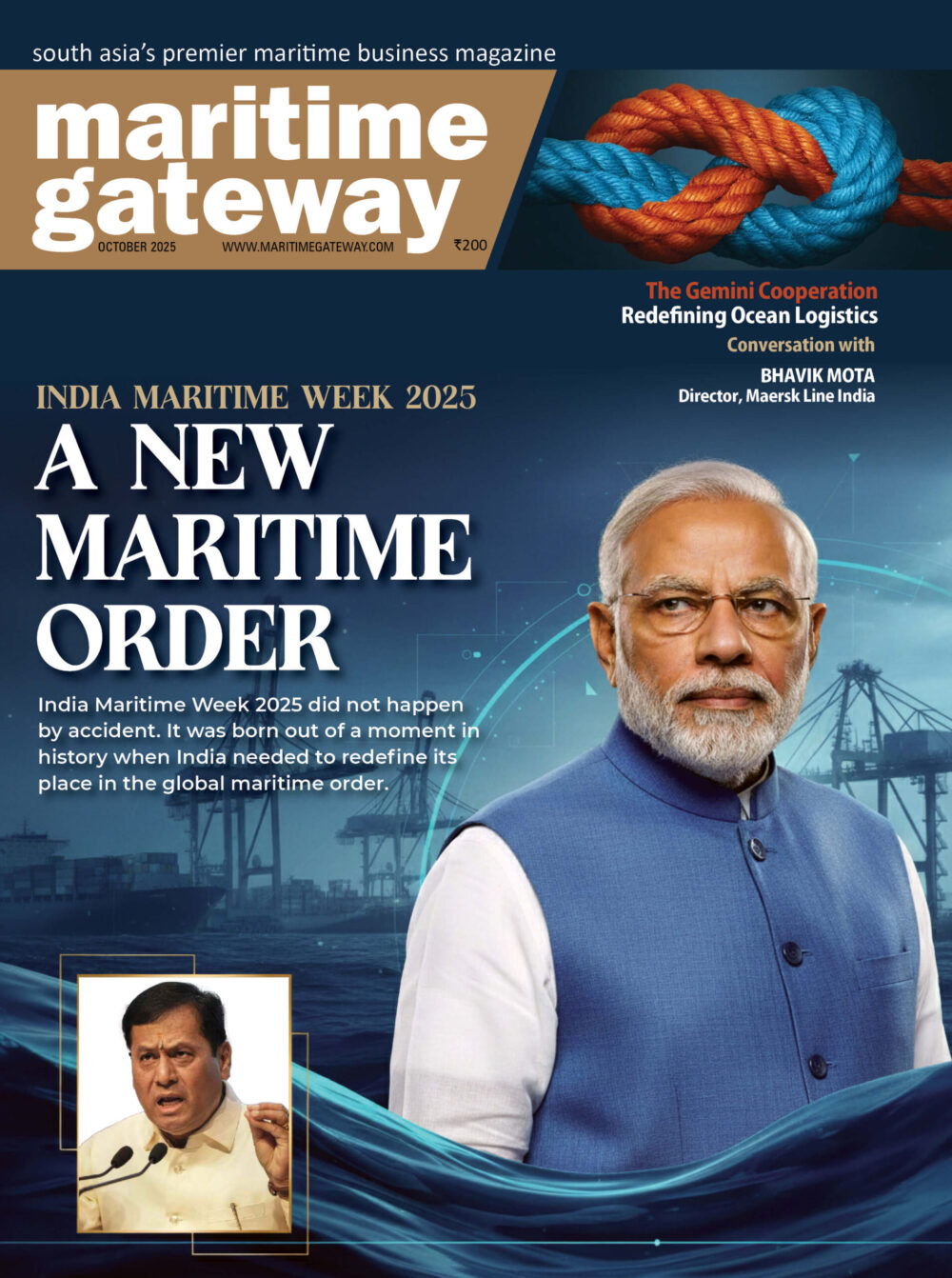Container cargo handled by India’s dozen State-owned ports grew by a paltry 1.22 percent between April and December this fiscal to 8.446 million twenty-foot equivalent units (TEUs) from 8.344 million TEUs a year earlier, confirming predictions that the global container trade has started to dip from the heights seen during the pandemic.
Barring Jawaharlal Nehru Port and Kamarajar Port, the other State-owned major ports reported declining container volumes during the nine months of FY23.
“Containerized trade, the fastest growing segment for many years, is projected to grow at a tepid 1.2 per cent in 2022, before marginally picking up to 1.9 per cent in 2023. The projected deceleration is a consequence not just of pandemic-induced lockdowns, but also of strong macroeconomic headwinds combined with a weakening in China’s economy. In addition, faced with rising inflation and living costs, consumers are spending less, while to some extent switching expenditure from goods to services,” the United Nations Conference on Trade and Development (UNCTAD) said in its ‘Review of Maritime Transport 2022’ released on 24 November last year.
Jawaharlal Nehru Port, India’s biggest State-owned container gateway and the country’s second largest overall, handled 4.452 million TEUs from 4.177 million TEUs during the corresponding period last year. In effect, J N Port handled more than half of the container handled by the 12 ports during the April to December period.
Kamarajar Port Ltd handled 4,23,000 TEUs between April and December from 3,54,000 TEUs a year earlier, according to the Ministry of Ports, Shipping and Waterways.
Key container handling ports located at Chennai, Visakhapatnam, Cochin and Thoothukudi suffered volume declines.
Container volumes at Chennai Port declined to 1.1 million TEUs in the nine months from 1.207 million TEUs handled during the same period last year.
V O Chidambaranar Port in Thoothukudi handled 5,53,000 TEUs from 5,93,000 TEUs, while Cochin Port handled 5,20,000 TEUs from 5,55,000 TEUs.
Visakhapatnam Port handled 3,73,000 TEUs from 3,83,000 TEUs while Deendayal Port in Kandla handled 3,65,000 TEUs from 3,66,000 TEUs.
Syama Prasad Mookerjee Port in Kolkata handled 5,06,000 TEUs during April-December from 5,57,000 TEUs last year.
The total cargo, across categories, handled by all the 12 ports grew by 8.97 percent during April-December to 576.632 million tonnes (mt) from 529.160 mt last year.
The growth was contributed by a 35.84 percent rise in thermal and steam coal shipments during the nine months to 97.464 mt from 71.748 mt.
Coking coal volumes jumped 16.35 percent to 43.252 mt from 37.173 mt while petroleum, oil and lubricants (POL) cargo rose 7.7 percent to 175.078 mt from 162.562 mt.
Iron ore volumes reported the biggest decline during the April-December period with a drop of 20.1 percent to 29.703 mt from 37.176 mt last year.
Deendayal Port handled 104.441 mt during the nine months while Paradip Port handled 96.812 mt and J N Port handled 61.197 mt.









